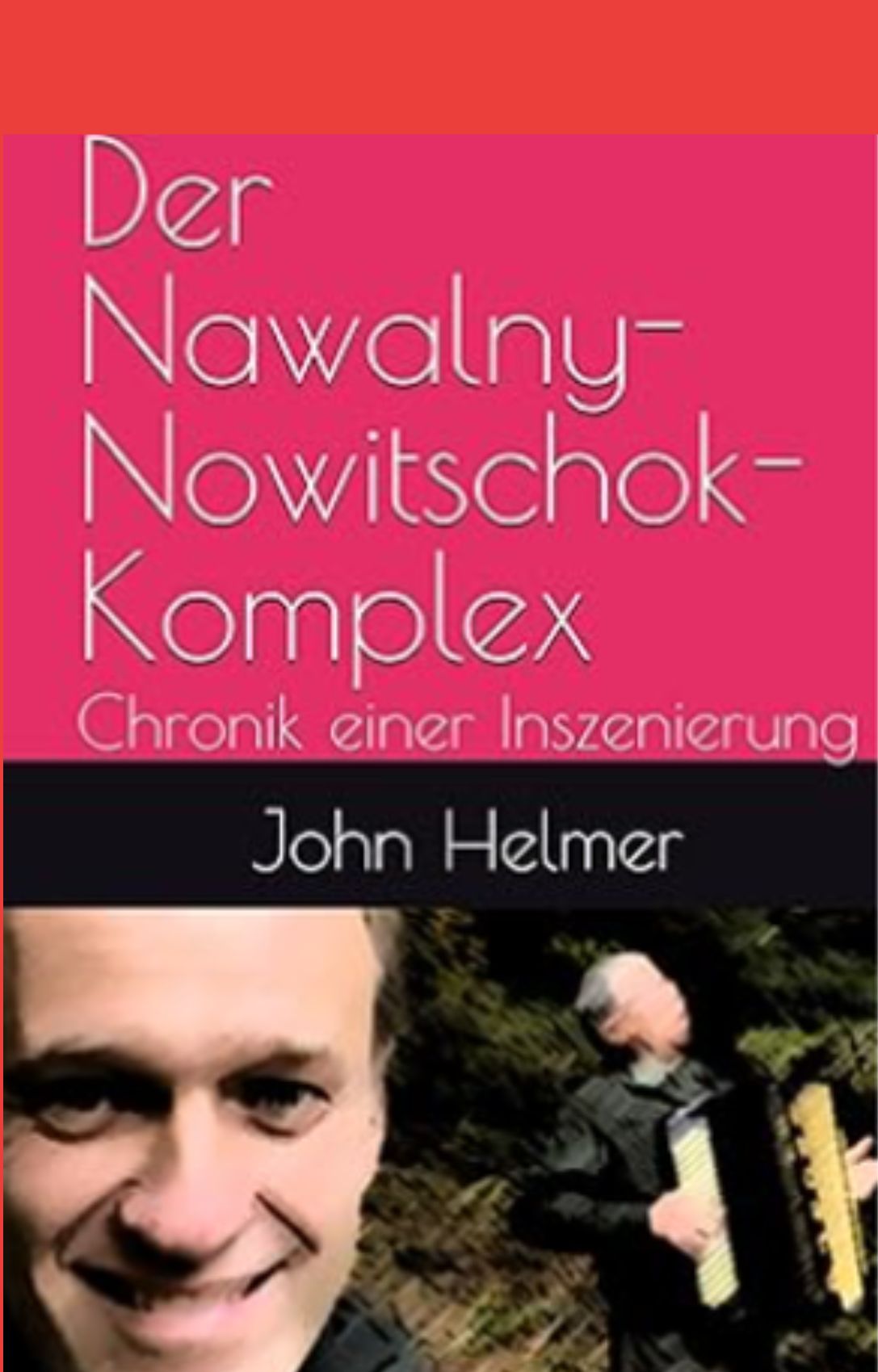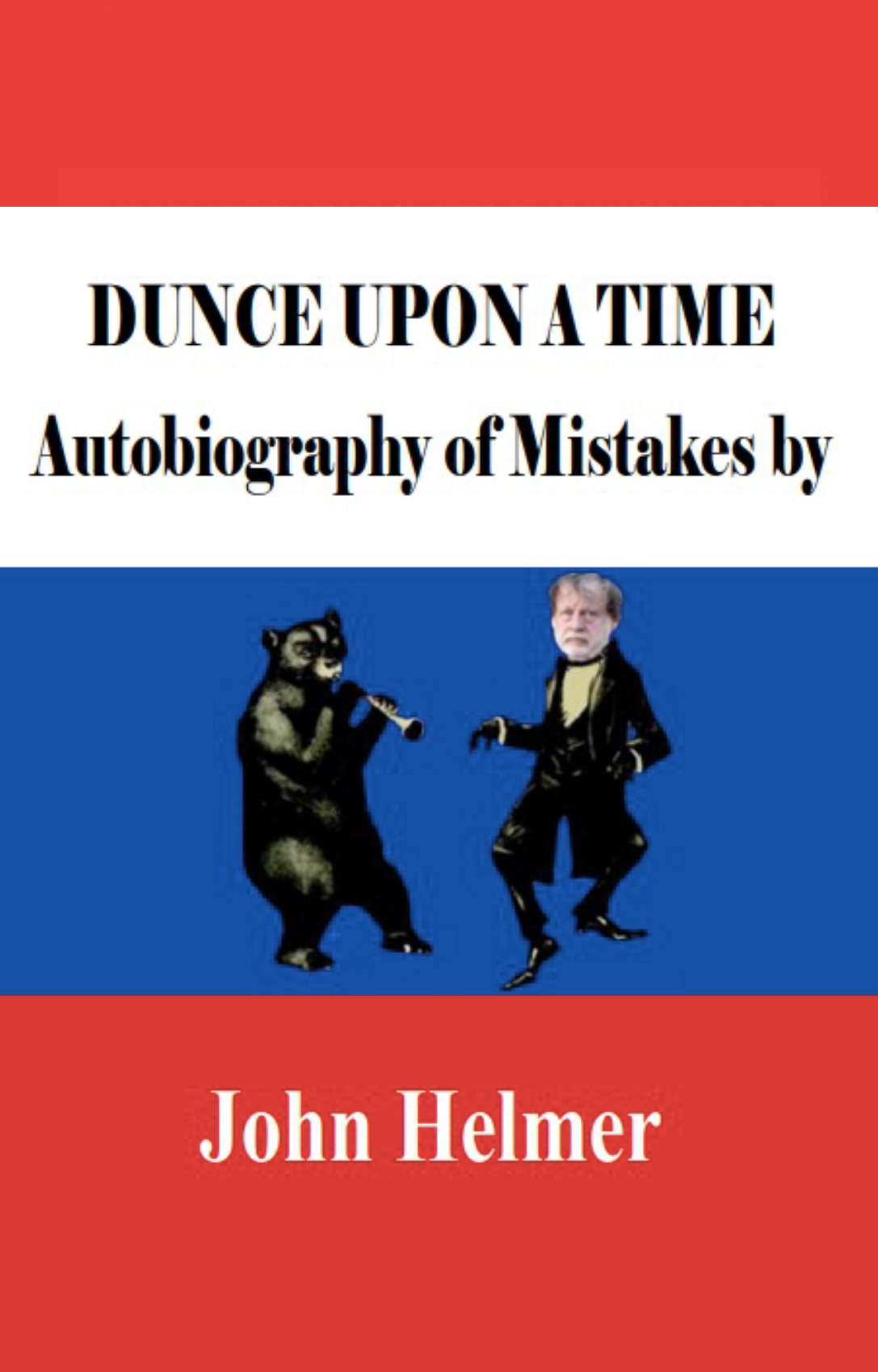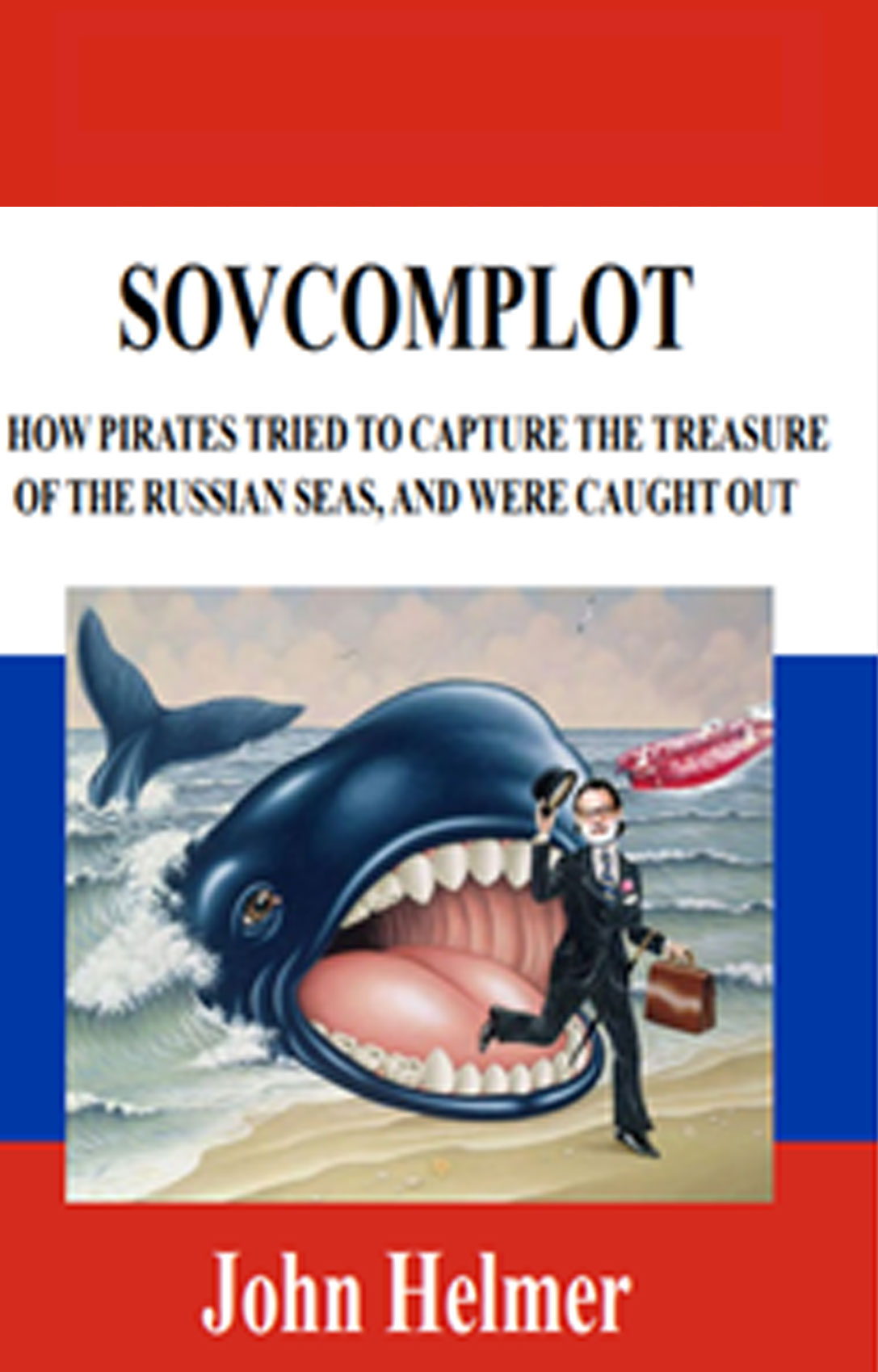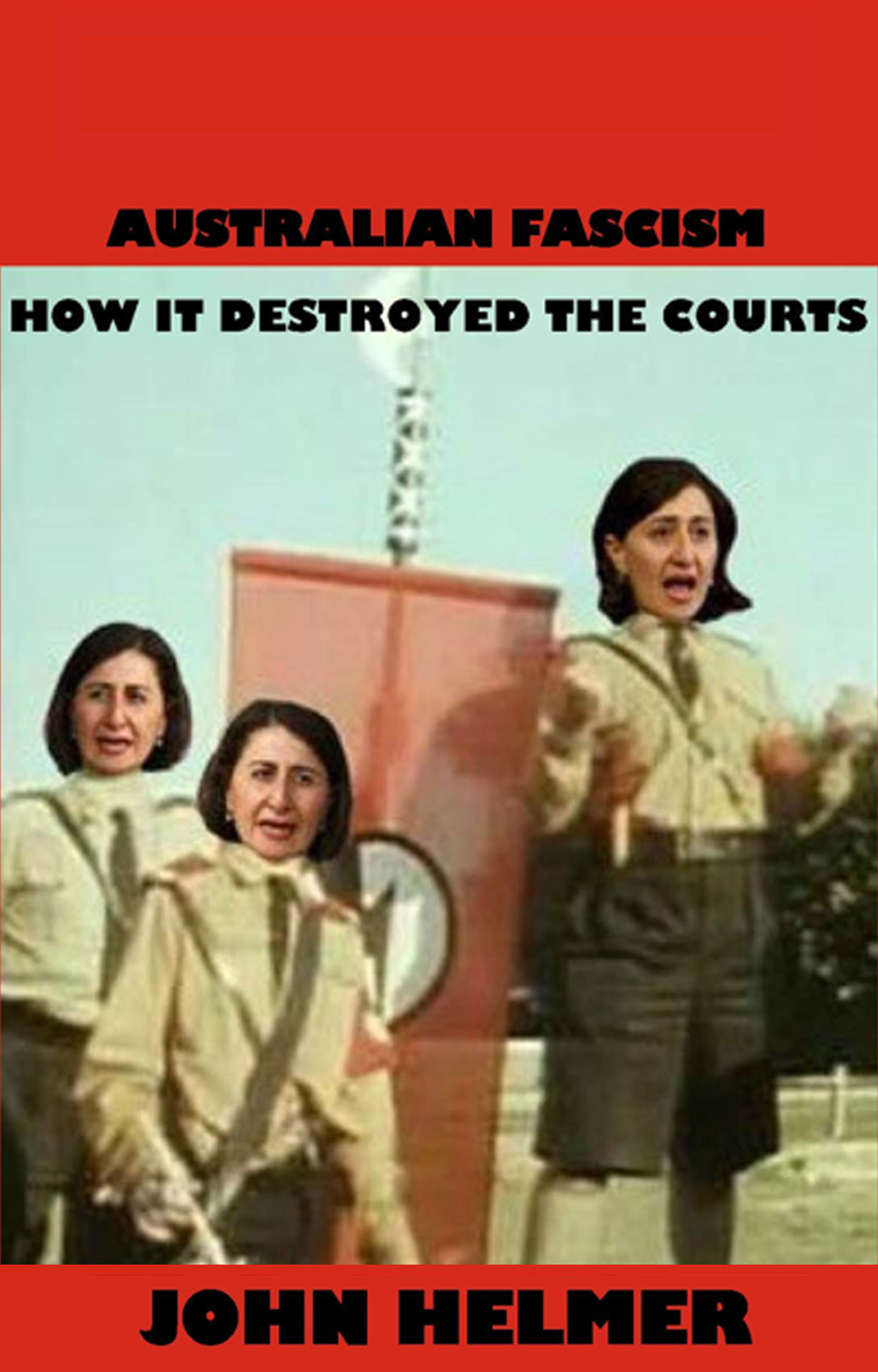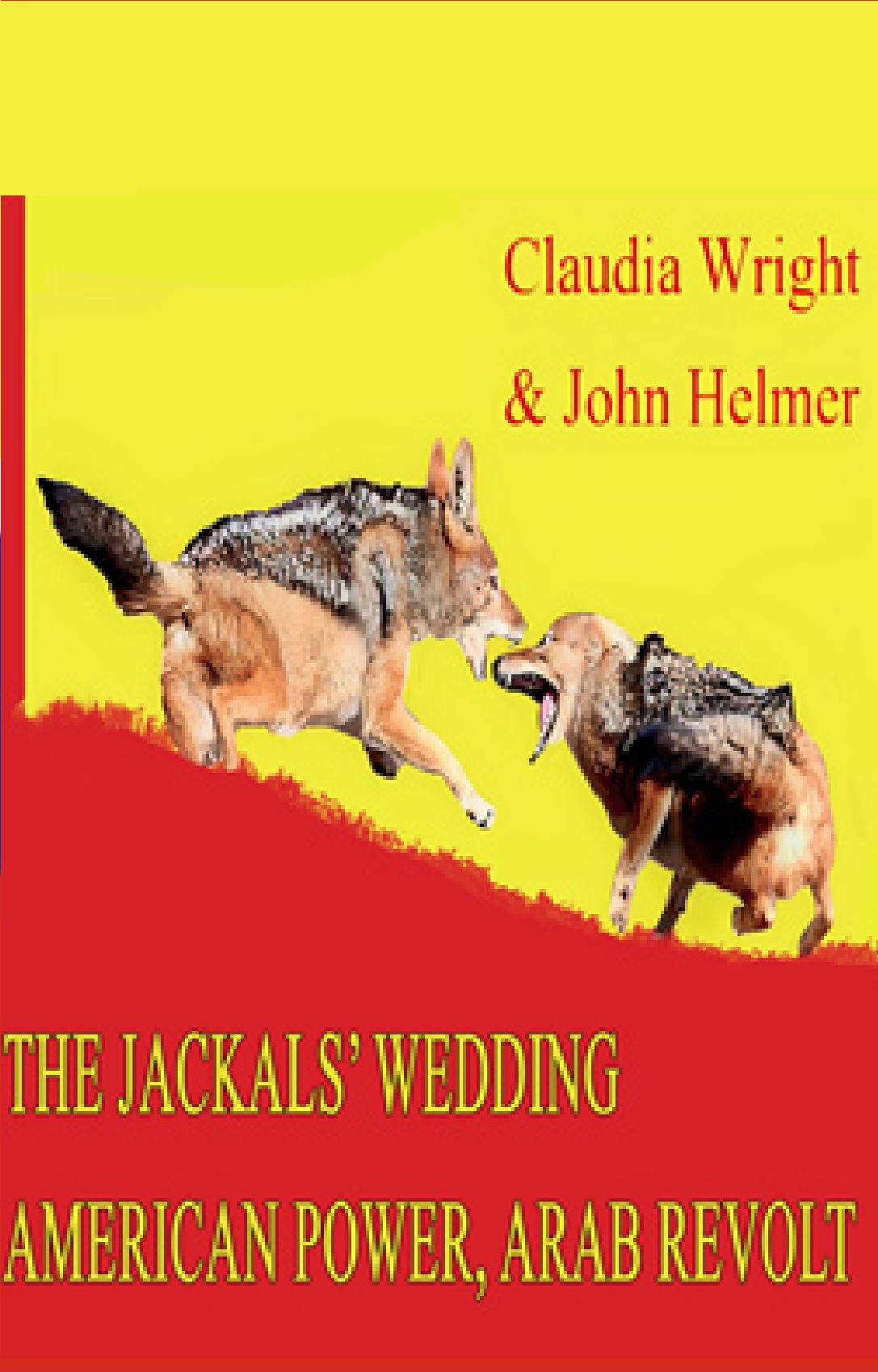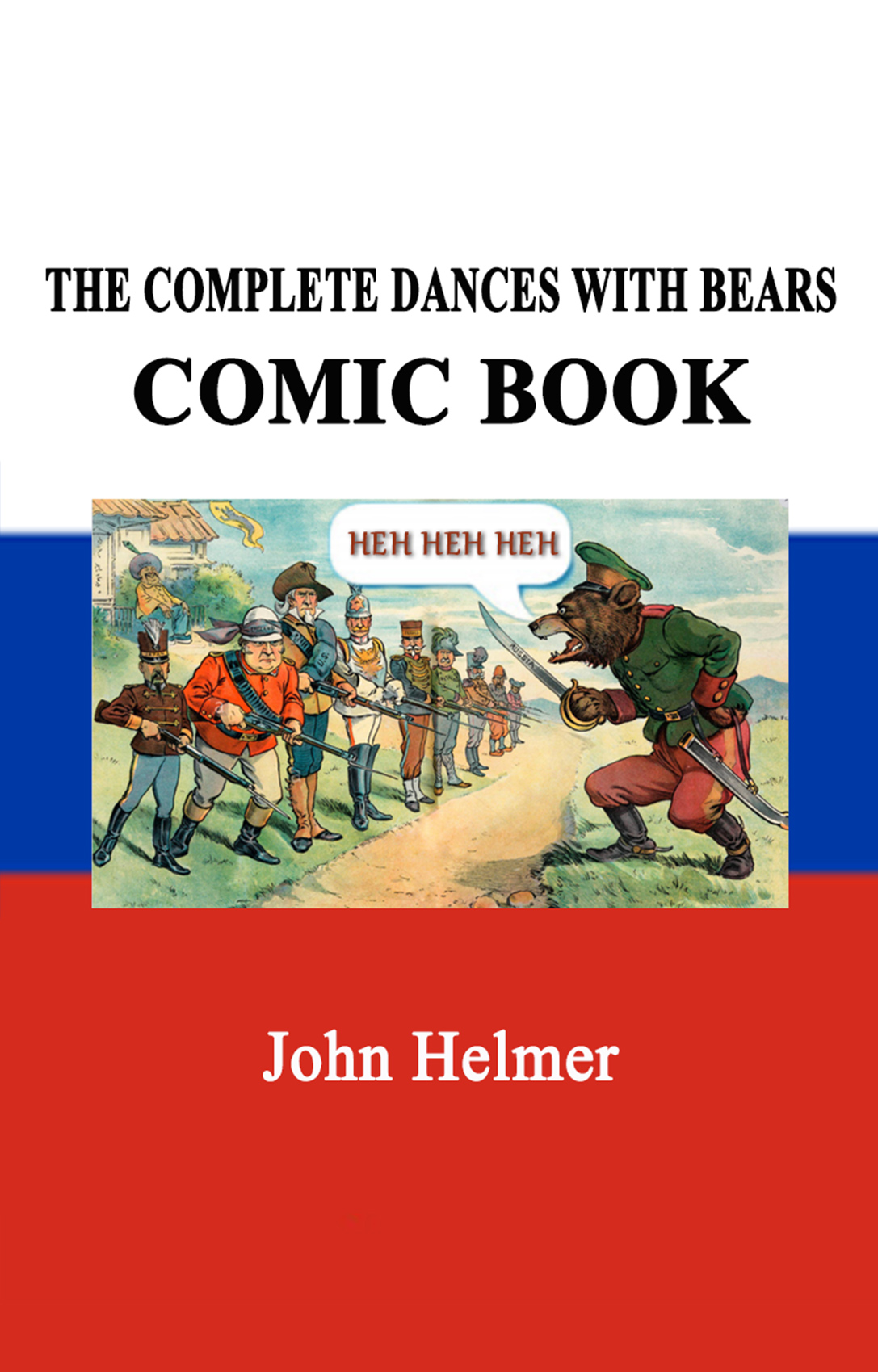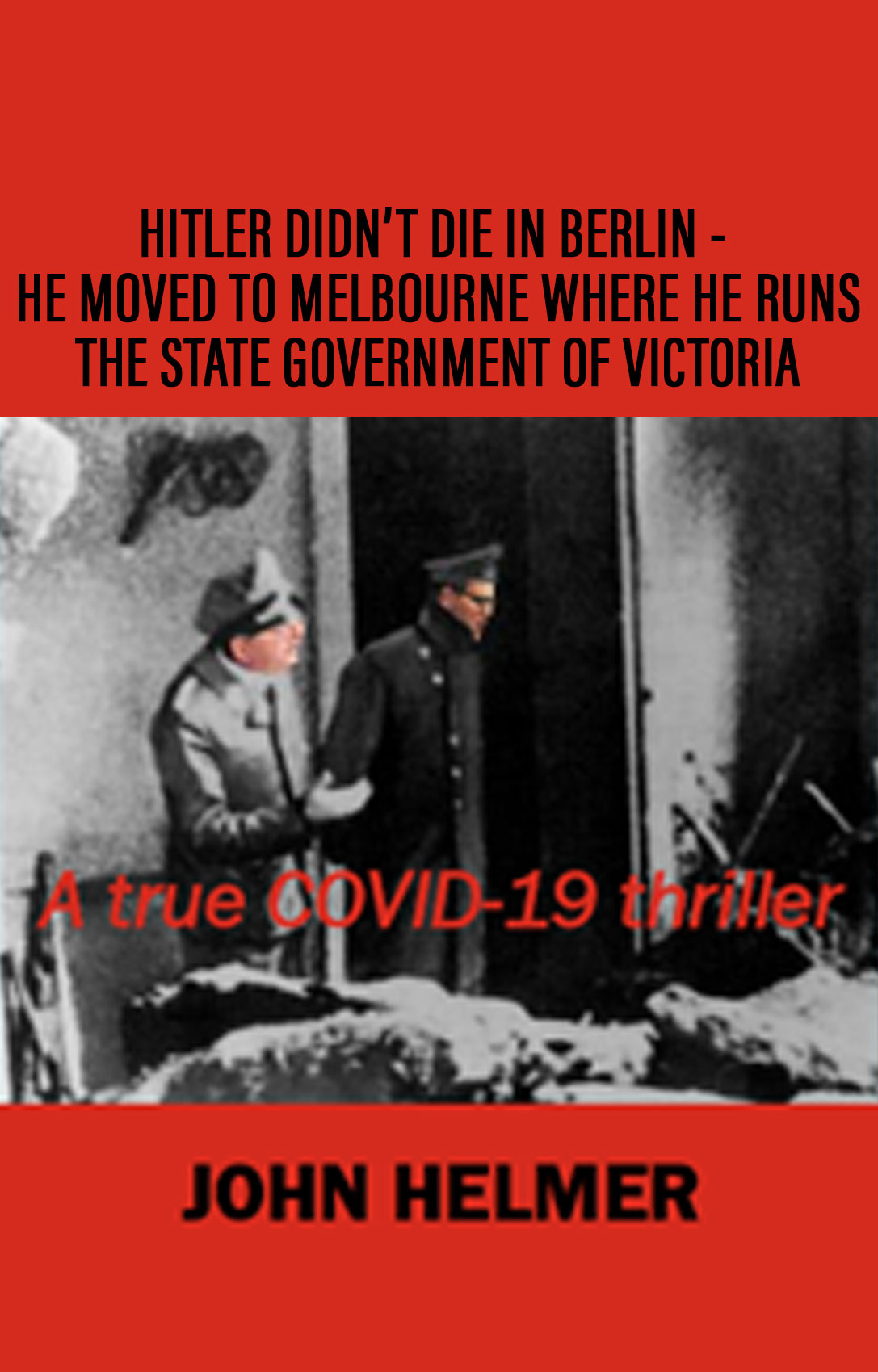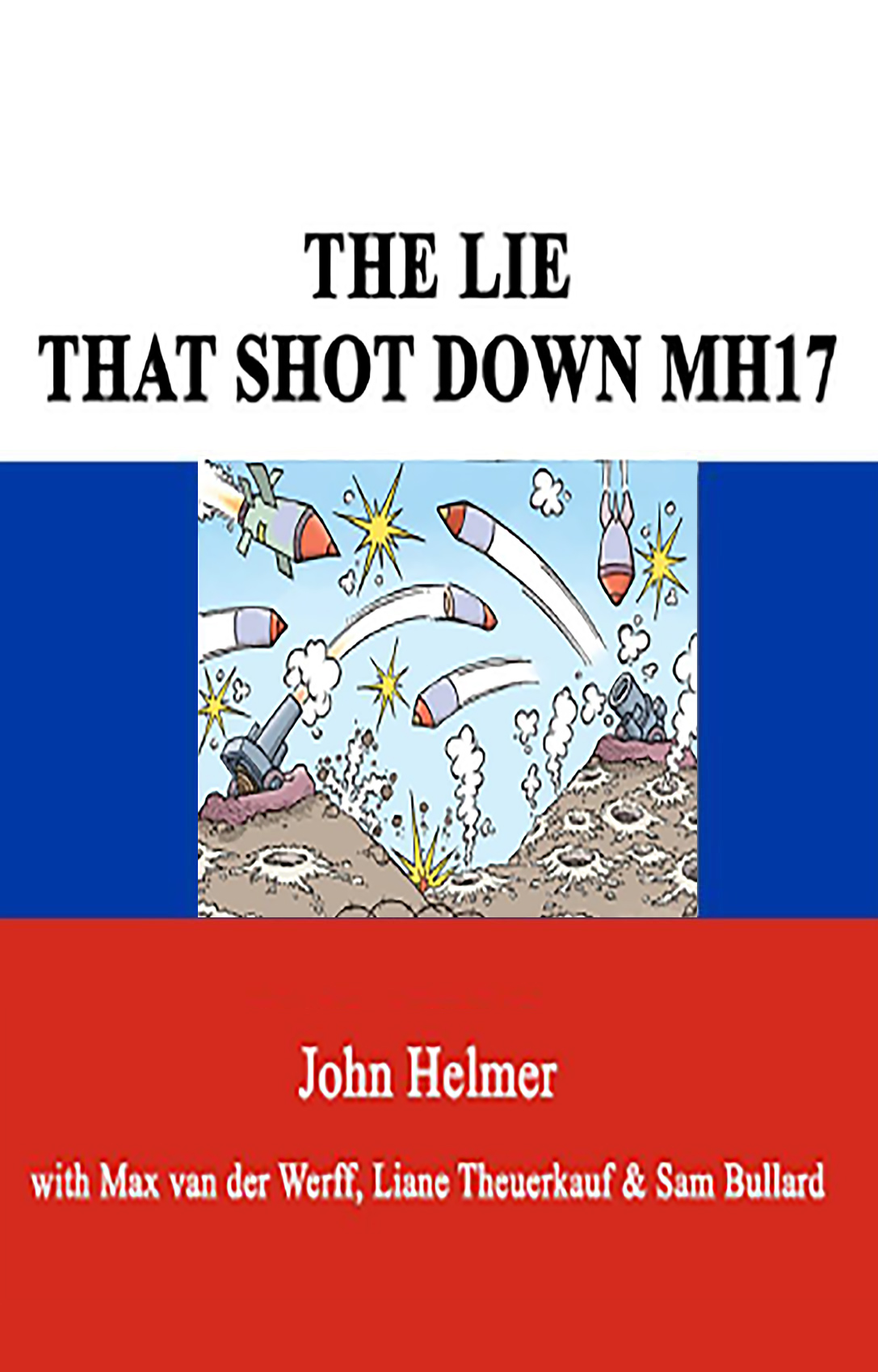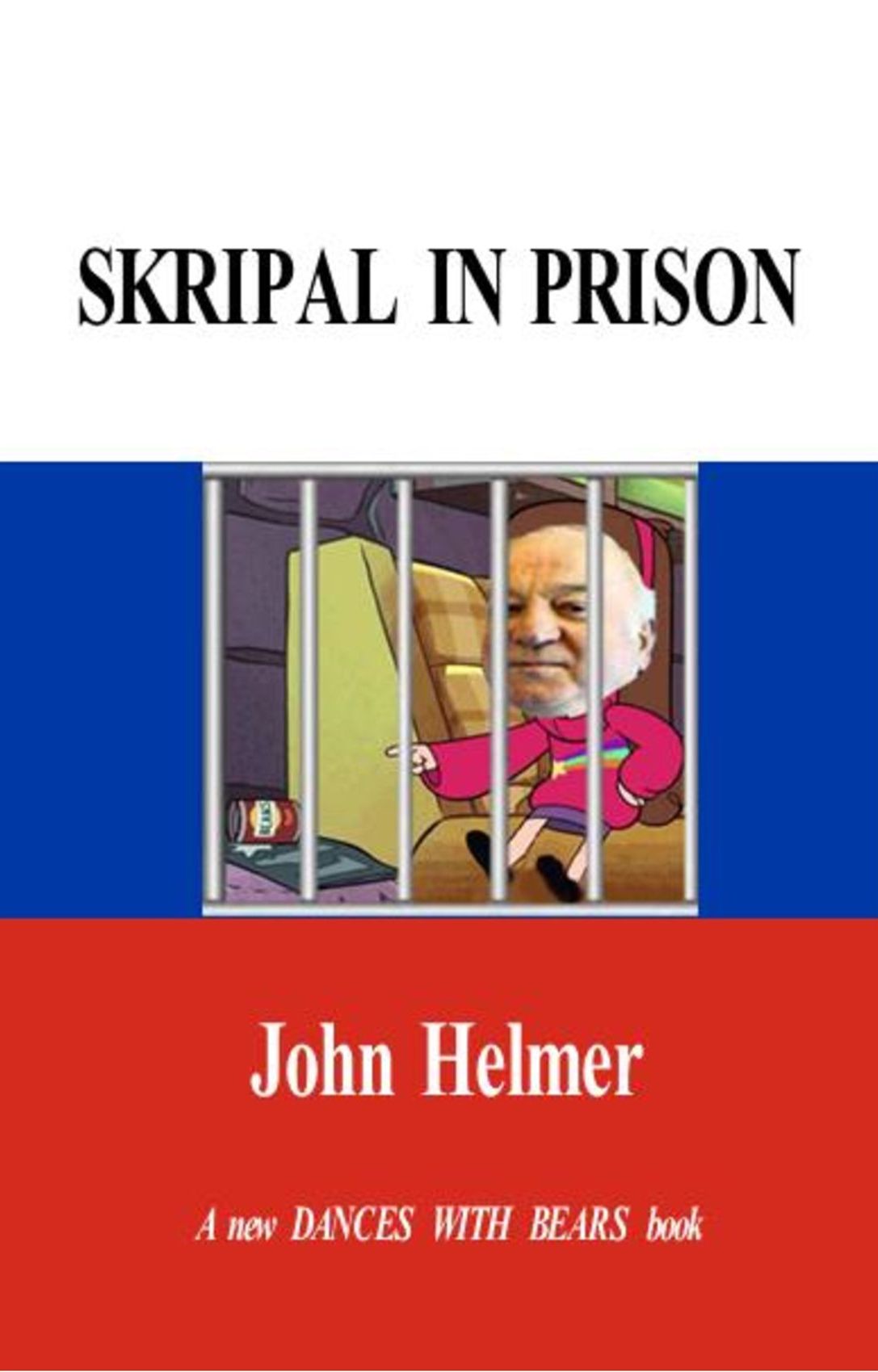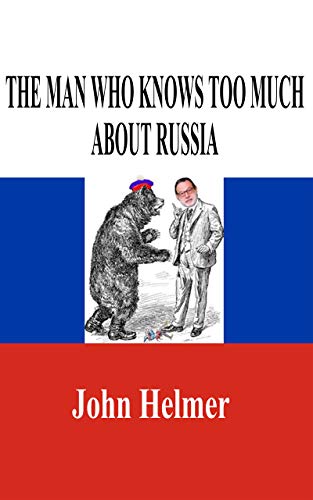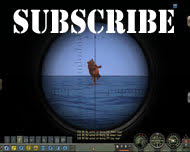

by John Helmer, Moscow
@bears_with
On January 17, when the Presidents of Russia and Iran, Vladimir Putin and Masoud Pezeshkian, signed the Treaty on the Comprehensive Strategic Partnership between the Islamic Republic of Iran and the Russian Federation, they were standing at the front of a line of Russian and Iranian (Persian) tsars, shahs, generals, ministers, and ambassadors stretching back for two hundred years.
Putin and Pezeshkian are the novices, the new names. Their predecessors on the Russian side include Tsars Alexander 1 and Nicholas I, Ambassador Alexander Griboyedov (lead image, top left), General Alexei Yermolov (top, right), Joseph Stalin, Nikita Khrushchev, Leonid Brezhnev, and Yevgeny Primakov. The new document must be understood in the context of the precedents these Russian leaders have made in making war and also in making peace with Iran over this long period.
Interpreting what the 47 articles of the new treaty mean to the Russian and the Iranian sides, and also to the US, Israel, the UK and the NATO allies, all states at war with both Russia and Iran – for them the treaty was also composed and signed in English – requires understanding how the terms of the new pact deal with the longstanding suspicions the Russians have of the Iranians, and vice versa, and protect each other from the warmaking threats they face separately, and also together.
In this 200-year history, Moscow’s Griboyedov line (negotiation) and Yermolov line (force) have changed their practical application towards Teheran many times over. These lines, and the officials advocating them, clashed in the recent debate in Moscow between the General Staff, the Foreign Ministry and the Kremlin over whether to deter, to oppose, or to allow the Turkish-led attack on Bashar al-Assad in Damascus, and the partition of Syria.
The crucial reassurance between Moscow and Teheran is in Article 3. “In the event that either Contracting Party is subject to aggression, the other Contracting Party shall not provide any military or other assistance to the aggressor which would contribute to the continued aggression, and shall help to ensure that the differences that have arisen are settled on the basis of the United Nations Charter and other applicable rules of international law.”
To Pezeshkian and Ebrahim Raisi, the predecessor who negotiated the treaty terms from 2021 until his death in May 2024, this means that Putin will not directly or indirectly assist Israel, and behind Israel the US, to attack Iran; assassinate its commanders; and destroy its defences, including its nuclear and conventionally armed missile forces. To Putin, Article 3 means that Pezeshkian will not directly or indirectly assist the Americans, Turks, Azeris, Georgians, Armenians and anti-Russian groups they sponsor to attack Russia, especially in the Caucasus and the Caspian Sea region.
For the time being then, Article 3 means different things to the two sides. It is also not new – the very same Article 3 was signed 24 years ago as the “Treaty on the basis for mutual relations and the principles of cooperation between the Islamic Republic of Iran and the Russian Federation”. This was signed under President Putin on March 12, 2001. The enemies of Russia and Iran in Washington and Tel Aviv have interpreted this identicality between the two treaties to signal that Iran and Russia have been unable to agree on more explicit mutual defence and security provisions, and that mutual suspicion remains their vulnerability.
In today’s hour-long podcast, Nima Alkhorshid and John Helmer open for discussion the contentious dimensions of Russian policy towards Iran, the Arab states, Israel, and the US – topics which have not been discussed in such detail in the media or the think tanks of either country since the treaty was signed.
The discussion also comes with an explicit warning against media interpretations which are as racist in their denigration of the Arabs and the Iranians as the American, European and Ukrainian warfighters are racist in their targeting of Russia and the Russians.
(more…)









